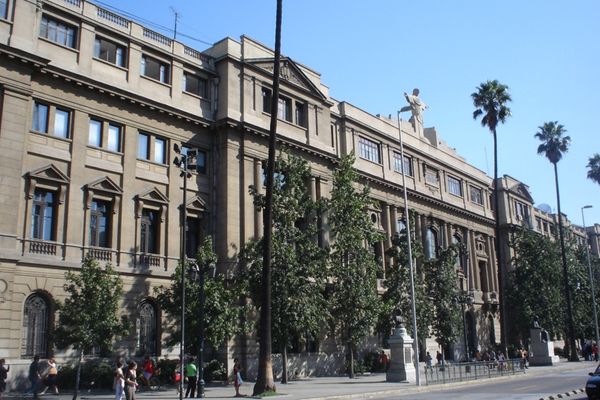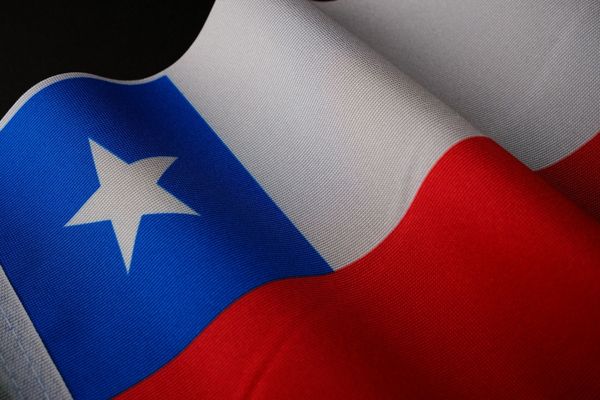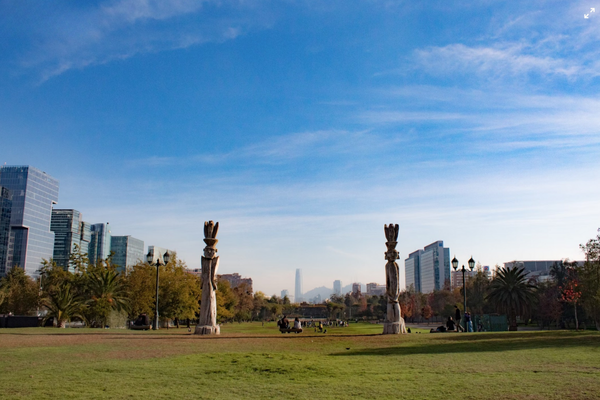Your guide to education in Chile

Chile isn’t just about the scenery; it’s also one of the best places in Latin America to study. You’ll find everything from modern schools to internationally recognized universities. This article is your guide to Chile’s education system.
How is Chile’s education system structured?
Chile’s education system is a clearly defined framework that starts with early childhood education and continues through higher education. It is divided into four levels: early childhood (pre-primary), basic (primary), secondary, and higher education.
Early childhood education covers children from 3 months to 5 years of age. It’s not just kindergarten—it’s a comprehensive system of early development and learning. According to Chile’s Ministry of Education (Mineduc), programs are organized by age levels so that children are gradually prepared for school.
Basic education begins at age 6 and is compulsory for everyone. It lasts eight years (grades 1–8). The curriculum includes reading, writing, mathematics, and other core skills. The first four years provide a general, development-focused program; from fifth grade, students take separate subjects taught by specialist teachers. Learning quality is assessed by the national SIMCE test, whose results show how well students are meeting the curriculum.
Secondary education covers grades 9–12 and is divided into academic and technical-vocational tracks. The academic track prepares students for university, while the vocational track develops practical job skills. From 11th grade, students choose a specialization and instruction becomes more applied. Classes are conducted in Spanish. Applications to public and state-subsidized schools can be submitted via the SAE online platform.
Higher education includes universities, institutes, and professional colleges. To enter a university, you must complete the academic track of secondary school and take the national PAES (Prueba de Acceso a la Educación Superior), which replaced the PSU (Prueba de Selección Universitaria). The exam assesses knowledge in mathematics, language, natural sciences, and history.
University admissions: what to know?
Getting into a Chilean university is absolutely possible if you prepare in advance. Here’s a step-by-step plan:
- Choose your program. Your secondary school diploma should be from the academic track. Foreign applicants usually need legalization, a Spanish translation, and an apostille.
- Take the PAES. This is the standard entrance exam. Check which sections your target university requires and allow time to prepare.
- Prove your language level. The main language of instruction is Spanish; B2 is most often required. Universities may offer language courses, and some programs are available in English.
- Prepare your documents. Passport, secondary school diploma, statement of purpose, letters of recommendation, and any other items listed by the university.
Top universities in Chile
Chilean universities consistently rank among the best in Latin America, and some also appear in global rankings. The top three according to the QS World University Rankings 2026 are:

- Pontificia Universidad Católica de Chile (PUC), located in Santiago, leads the country and ranks 116th worldwide. The university is strong in engineering, medicine, and the humanities. For international students, there are short-term courses, winter schools in English, and exchange programs.
- Universidad de Chile is ranked 173rd in the world. Its Faculty of Economics and Business stands out: each semester it offers 15–20 courses in English for exchange students.
- Universidad de Santiago de Chile (USACH) is ranked 490th worldwide and is among the top 4% of Latin American universities according to QS and THE. The university focuses on research aligned with the country’s needs and maintains strong partnerships in IT and industry, especially in mining and energy.
The universities listed above are an excellent choice for anyone seeking a high-quality education and international experience. Many of them partner with universities around the world, which makes it easier to participate in exchange programs.
How much does education cost?
– Preschools can be free (JUNJI/Integra) or fee-based, typically $350–$550 per month.
– Public schools are free, though there may be small fees for materials.
– Private schools cost from $100 to $1,000 per month.
– For undergraduates, a year at a top university is $5,000–$10,000. Master’s and MBA programs can be higher—up to $15,000–$20,000 per year.
What about a Chilean diploma abroad?
Chilean diplomas—especially from leading universities—are recognized in many countries. Chile has agreements on education recognition with the EU, the USA, Canada, China, and MERCOSUR countries. However, for work or further study abroad you will still need legalization:
– Apostille. The stamp is issued by Chile’s Ministry of Foreign Affairs for countries that are party to the Hague Convention.
– Diploma translation. It’s best to use a certified translator.
– Credential evaluation. In some countries (e.g., the USA or Canada), you’ll need to have your degree evaluated by organizations such as World Education Services (WES).
Conclusion
Chile offers a distinctive education landscape where strong academics meet excellent opportunities for personal and professional growth. Its system is well-structured and prepares students for the demands of the global market.

